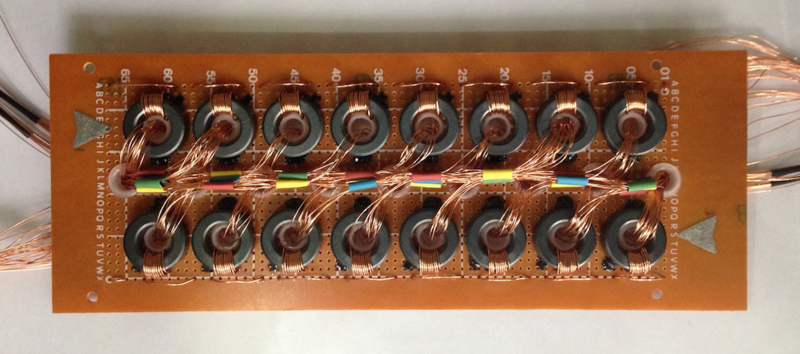Hi Guys 
Over the last couple of months I’ve completed my 64 bit core memory project
(mid 50’s - mid 70’s vintage).
If you did not know this was the mainstream method of RAM hardware in computers,
but is also non-volatile memory I plan to use as EEPROM.
If you did not know that, hang your head in shame.
AFAIK I’m the third to do it in modern times.
Two core memory projects are documented on the web, a 1 bit, and a 24 bit,
so mine is so far the largest, and will be put to practical use in a larger project.
I just read about one here in an old thread, but looks like it didn’t go anywhere?
64 bit Core Memory matrix (1mm cores) and sense wire:
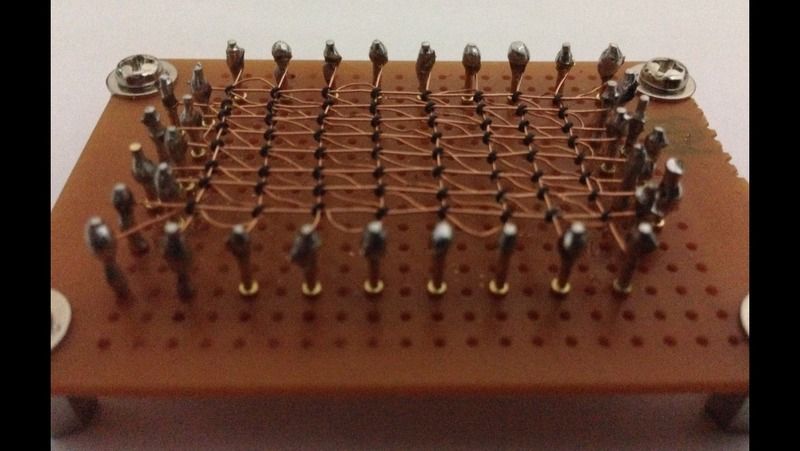
Etching glass window cutout and creases for memory module:
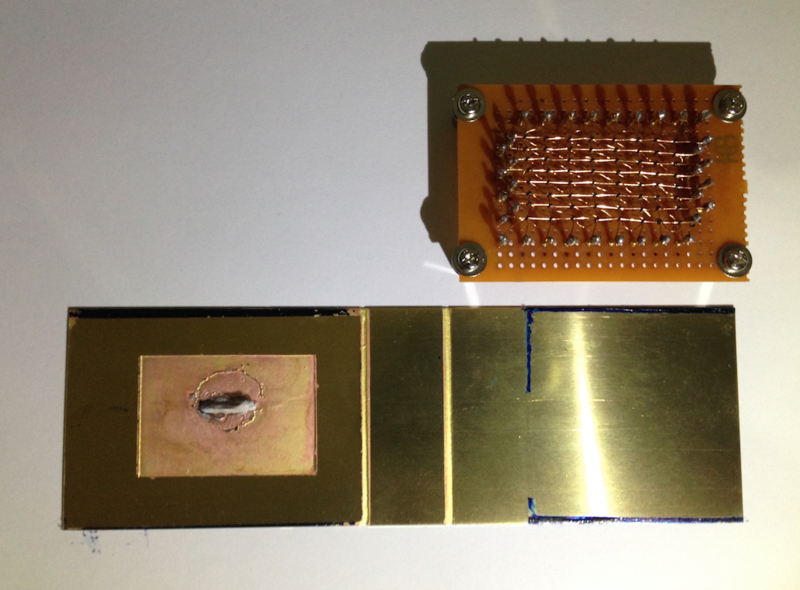
Completed Core Memory module:
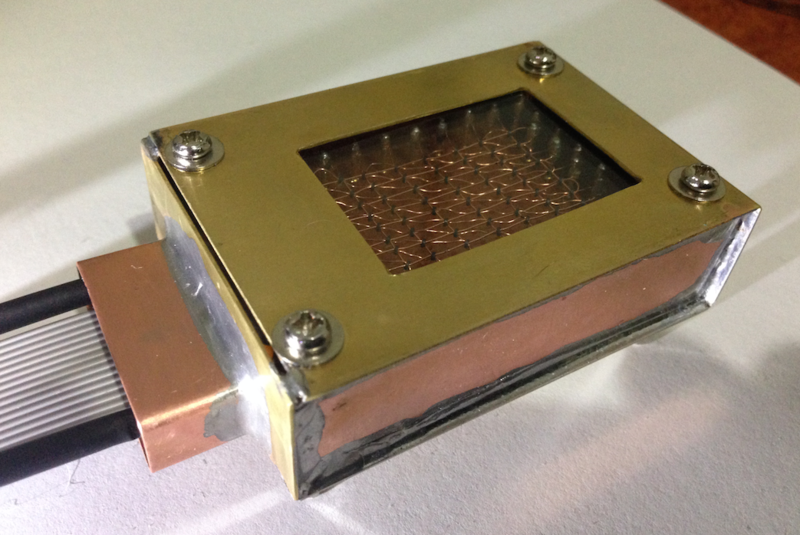
Current limiting resistor board:
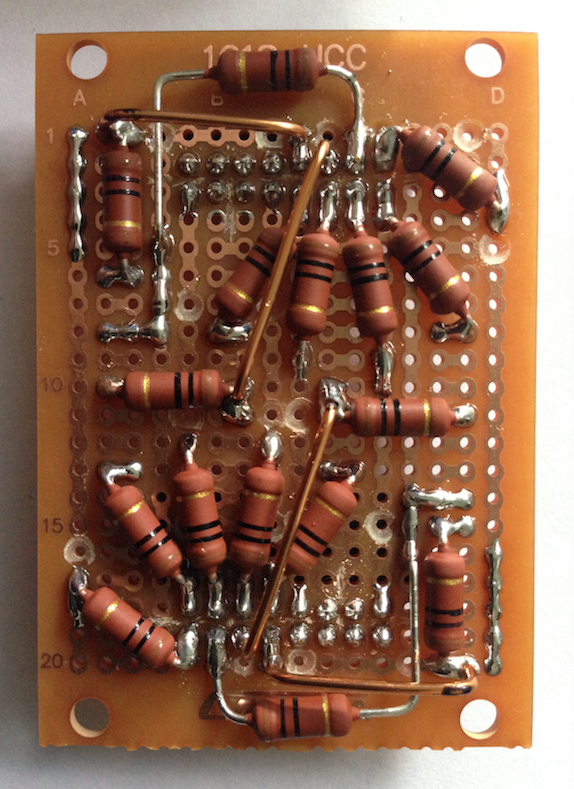
Wiring current driver module:
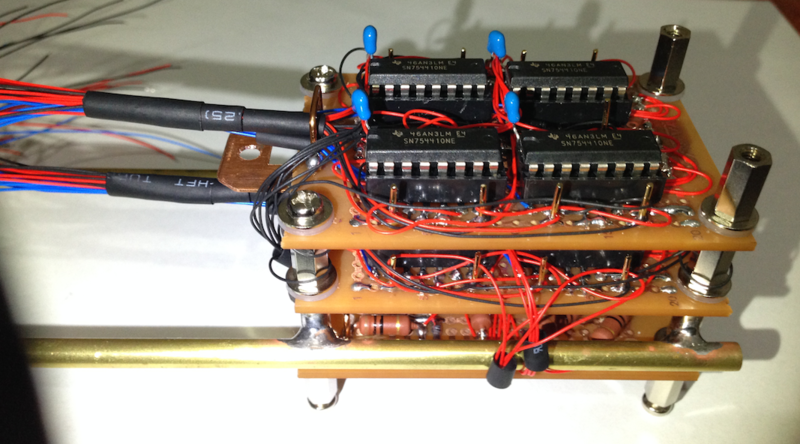
Completed Current Driver module with copper plated copper graphic:
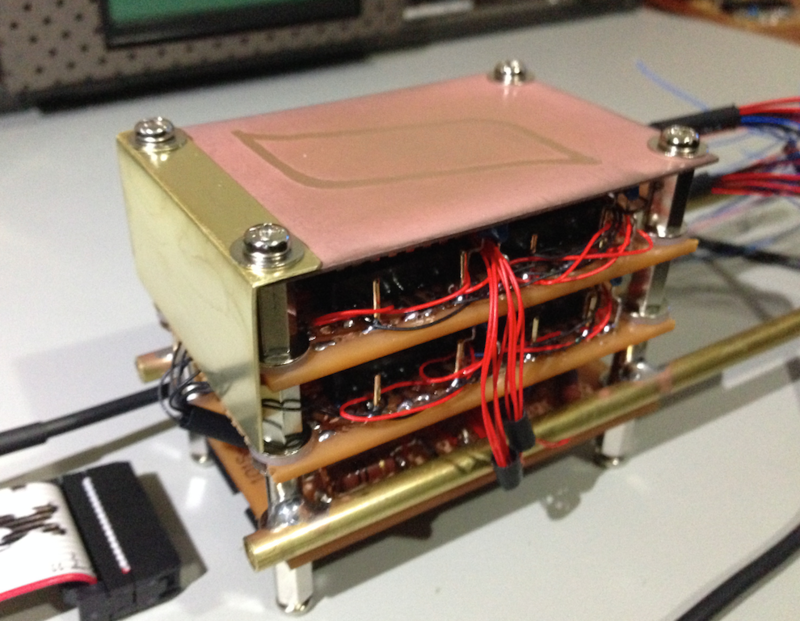
Core Memory sense pulse receiver from what will be the rear:
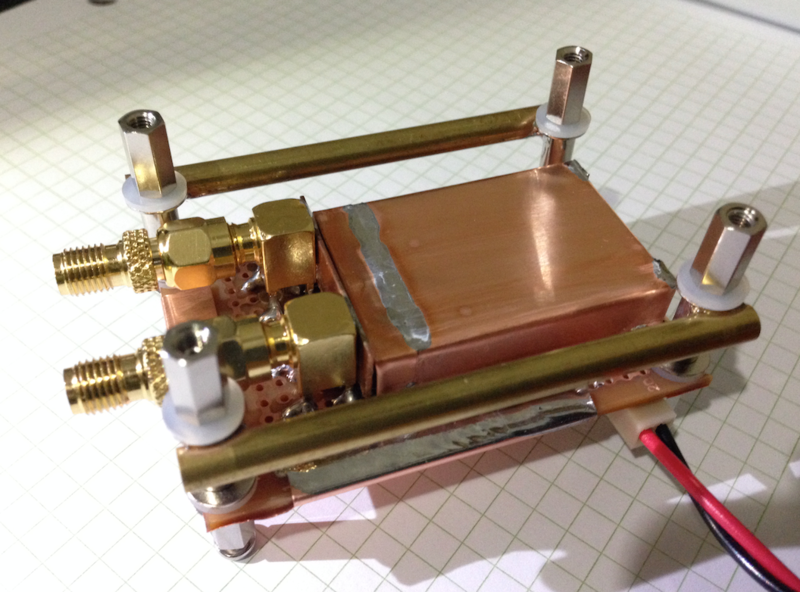
Wiring of the lower shift register board:
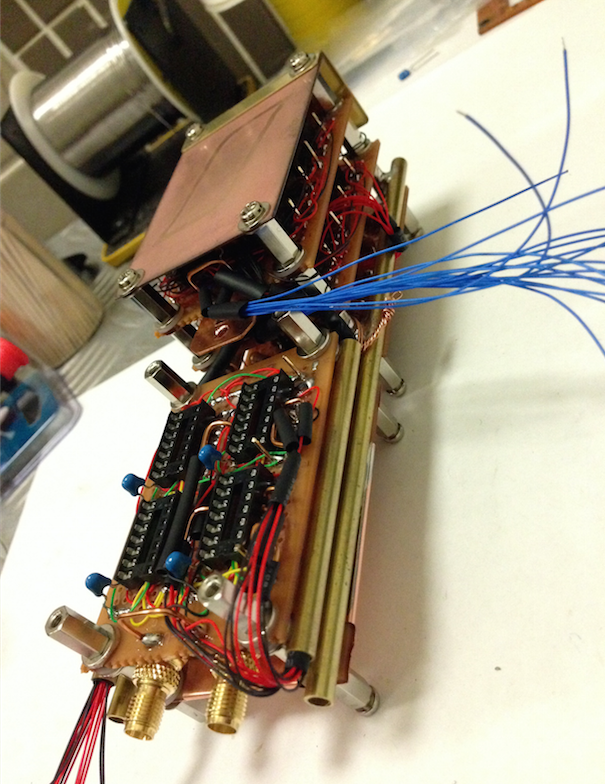
Completed Control Hardware without the second top cover:
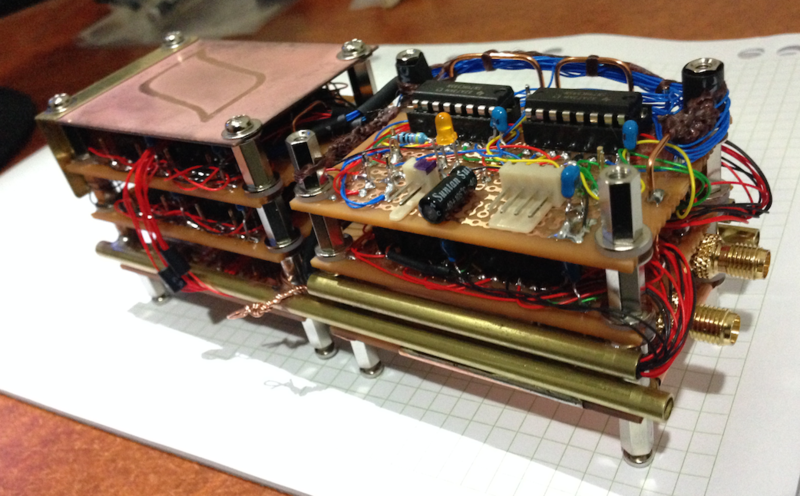
Second (copper plated brass) top cover:
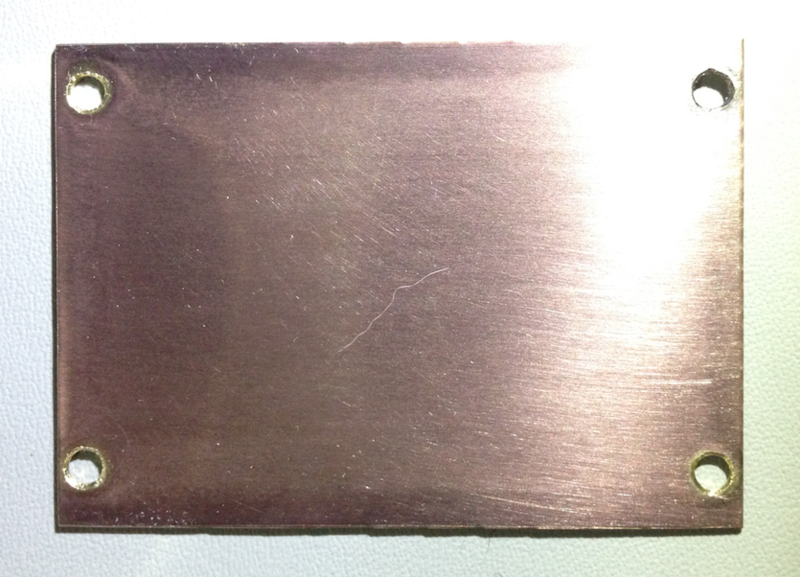
Three Modules (prior to micro controller and PSU) :

LED Test Jig (plugs in place of the memory module) :
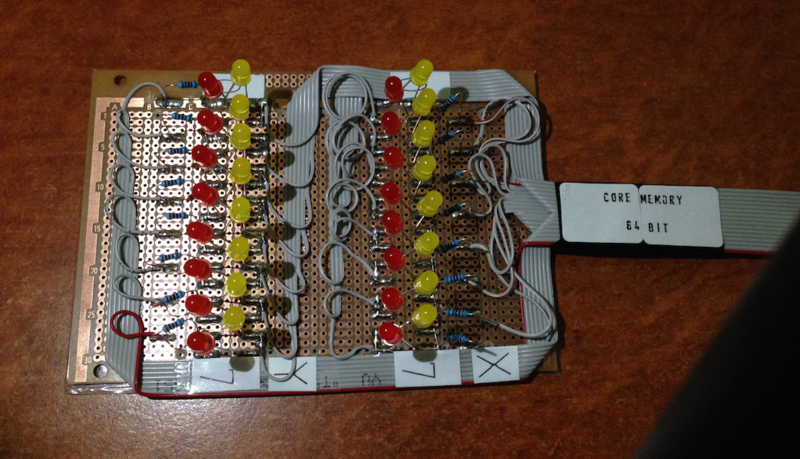
Microcontroller and Power Supply:
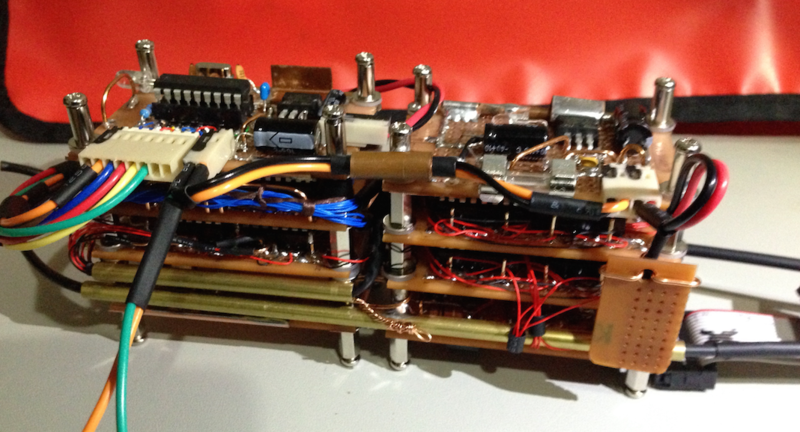
Completed:

I have made a start on visual control software here:
https://www.youtube.com/watch?v=YirR9WHJN5w
Here’s a demo video that also shows a permanent magnet being used to corrupt data
Serial terminal demo:
https://www.youtube.com/watch?v=i8wXkI-mQBE
Cheers, Art.
Over the last couple of months I’ve completed my 64 bit core memory project
(mid 50’s - mid 70’s vintage).
If you did not know this was the mainstream method of RAM hardware in computers,
but is also non-volatile memory I plan to use as EEPROM.
If you did not know that, hang your head in shame.
AFAIK I’m the third to do it in modern times.
Two core memory projects are documented on the web, a 1 bit, and a 24 bit,
so mine is so far the largest, and will be put to practical use in a larger project.
I just read about one here in an old thread, but looks like it didn’t go anywhere?
64 bit Core Memory matrix (1mm cores) and sense wire:

Etching glass window cutout and creases for memory module:

Completed Core Memory module:

Current limiting resistor board:

Wiring current driver module:

Completed Current Driver module with copper plated copper graphic:

Core Memory sense pulse receiver from what will be the rear:

Wiring of the lower shift register board:

Completed Control Hardware without the second top cover:

Second (copper plated brass) top cover:

Three Modules (prior to micro controller and PSU) :

LED Test Jig (plugs in place of the memory module) :

Microcontroller and Power Supply:

Completed:

I have made a start on visual control software here:
https://www.youtube.com/watch?v=YirR9WHJN5w
Here’s a demo video that also shows a permanent magnet being used to corrupt data
Serial terminal demo:
https://www.youtube.com/watch?v=i8wXkI-mQBE
Cheers, Art.

